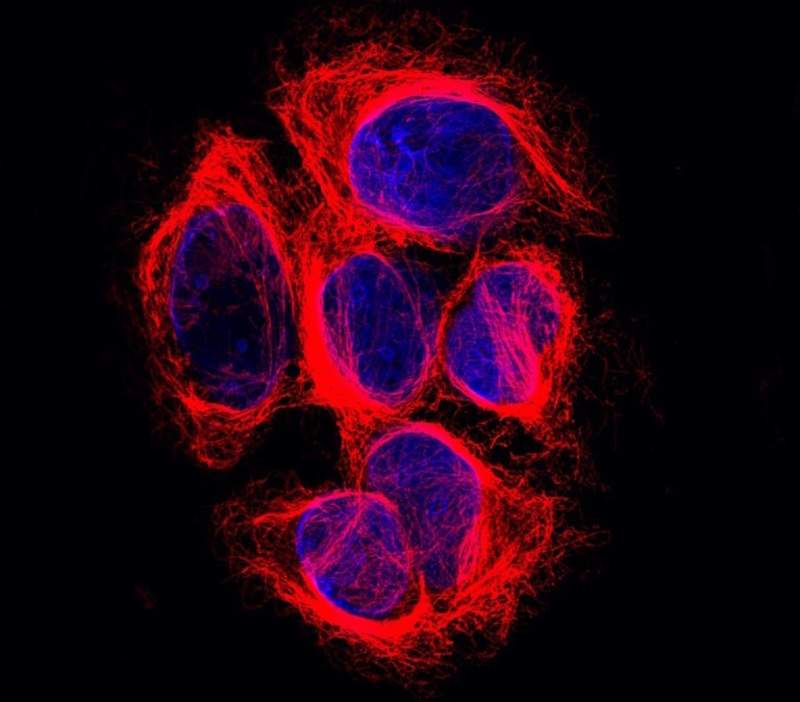
Researchers from the Netherlands Cancer Institute have identified the enzyme that could play a major role in the understanding of cell function and division and cancer.
Each human cell has a skeleton, known as cytoskeleton, which enables a cell to maintain its shape, move to different places and transport molecules through its interior.

Discover B2B Marketing That Performs
Combine business intelligence and editorial excellence to reach engaged professionals across 36 leading media platforms.
Long chains called microtubules form a primary part of the cell skeleton and facilitate the transport of molecules.
Scientists suggest that proper transport in the cell cycle involves detyrosination, in which the amino-acid tyrosine is eliminated from the tail of one of the microtubules’ main building block α-tubulin.
After completing 40 years of research, scientists have identified the enzyme that can cut the amino acid tyrosine off an important part of the cell’s skeleton.
By using their recently developed advanced genetic screening method, the scientists have identified that the small vasohibin-binding protein (SVBP) plays an important part in the process.

US Tariffs are shifting - will you react or anticipate?
Don’t let policy changes catch you off guard. Stay proactive with real-time data and expert analysis.
By GlobalDataThe SVBP helps bind and stabilise proteins called vasohibins, which appear to have tubulin detyrosination activity.
The Netherlands Cancer Institute scientist Joppe Nieuwenhuis said: “These findings are surprising, because vasohibins were thought to function outside the cell and only recently it was predicted that these proteins might function as enzymes, without knowing their function.”
Nieuwenhuis added: “We have found a piece of the puzzle that scientists have been staring at for many years because the process of detyrosination was discovered 40 years ago.
“This knowledge could be relevant to further understand the processes of mitosis, cell migration and cancer development. It is already found that the invasive front in some tumour tissues, where cells are migrating most actively, contains a high amount of detyrosinated tubulin. It is interesting to speculate that inhibition of detyrosination could be beneficial under certain conditions.”
Nieuwenhuis and his team identified the small protein by using genome-wide random mutations in human cells, which contain only one copy of each gene.
Subsequently, the scientists selected the cells in which the studied process of detyrosination was broken due to one of the randomly introduced mutations.
On selecting the cells with very little detyrosinated tubulin, the team discovered that the cells had a mutated, and therefore dysfunctional, SVBP gene.
Additional experiments demonstrated the interaction with vasohibins and its effect on tubulin detyrosination.





